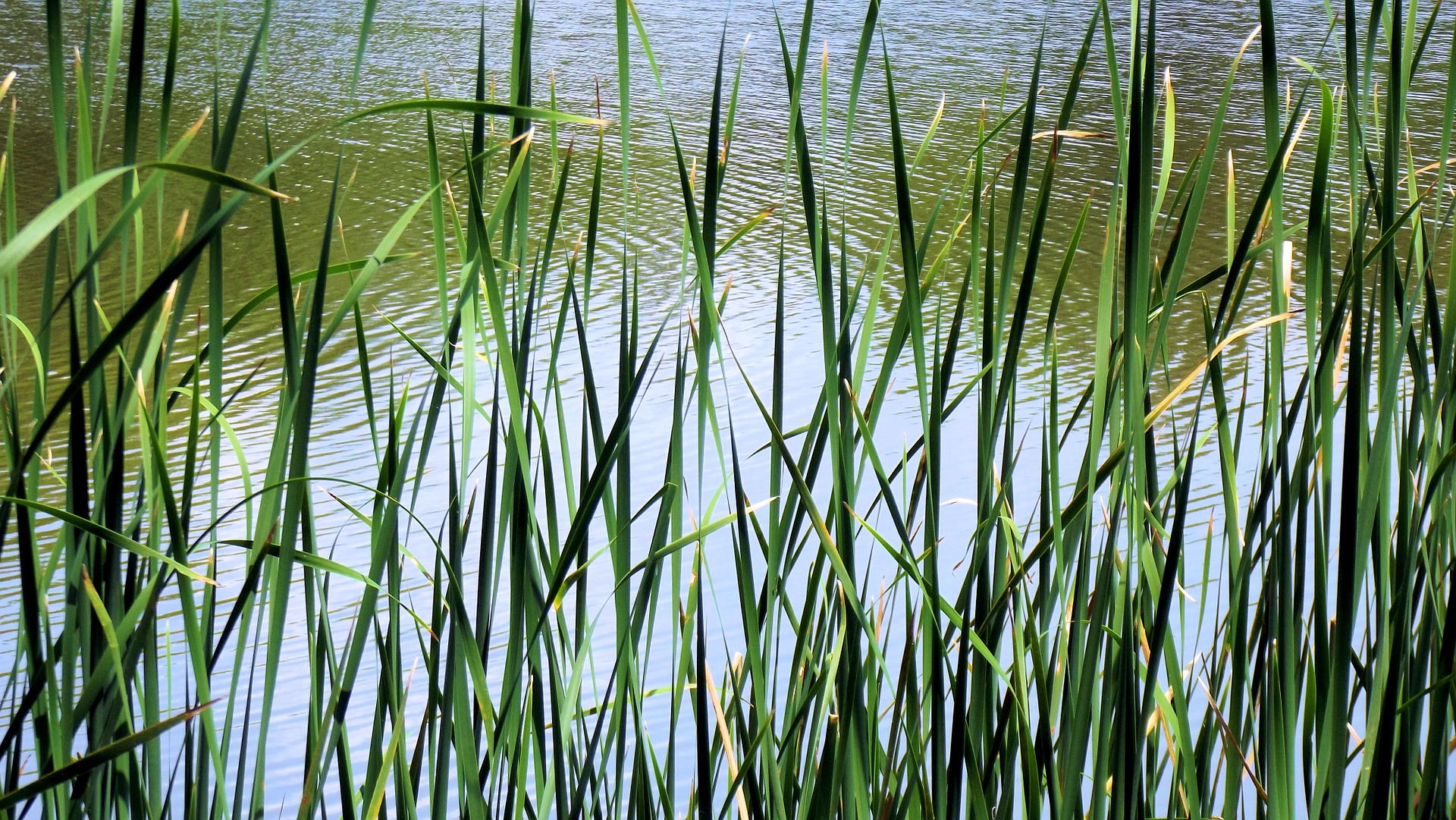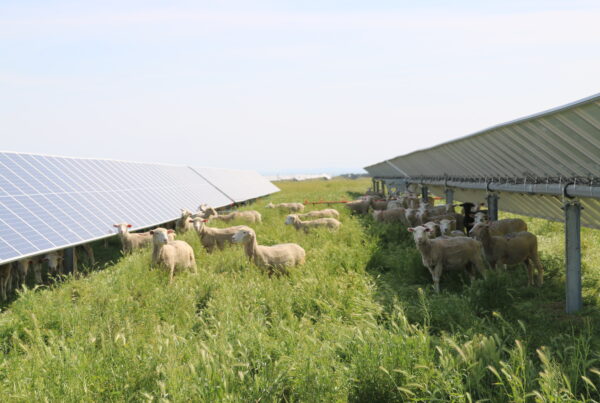Over the course of the last couple of months, the Lake George Park Commission has created two new rules to help limit the flow of Lake George urban runoff. The goal is to help curb the formation of harmful algal blooms (HABs), which can be triggered when stormwater runoff and general pollution leaches into the lake. According to Adirondack Explorer, the first rule is designed to regulate Lake George urban runoff and requires that some property owners take new measures to prevent polluted stormwater from their property from reaching the lake. The second new regulation, the stream corridor rule, will prevent construction from taking place too near the banks of streams that flows into the lake, which could stir up harmful pollution and sediment. Construction must now take place a minimum of 35 feet away from stream banks.
If left unchecked, harmful algal blooms like the ones these new measures are designed to prevent could be problematic for both the public health and tourism industry of the Lake George community. According to the National Oceanic and Atmospheric Administration (NOAA), HABs cause $82 million in economic damage to the “seafood, restaurant and tourism industries every year.” This should concern everyone who lives or owns a business in the Adirondacks region. Other lake communities in New York have already taken a hit, such as Lake Champlain, where similar instances of algae overgrowth have already lowered property values in the worst affected areas.
Even more concerning, algal blooms are potentially toxic, and have been documented to be dangerous for both human health and freshwater ecosystems. Animals, including pets and livestock, have died after being poisoned by toxic cyanobacteria present in an algal bloom. Photos of algae overgrowth damage in Zion National Park taken after a pet poisoning demonstrate how the brown, sludgy mats formed by HABs could affect the tourism industry and economy of Lake George.
In freshwater lakes such as Lake George, HABs are caused by the overgrowth of phytoplankton, which includes toxic cyanobacteria. Last fall, the first officially documented occurrence of a HAB was discovered at Lake George, although underwater blooms have been anecdotally spotted by scientists and photographers in the past.
There are many environmental factors that can contribute to HABs. Warming from sunlight, still water, and an influx of nutrients from runoff are thought to play a significant role in stimulating their growth.
Related article: Glens Falls Smart City Initiatives Light Up the Town
Todd Walter, a professor in the Department of Biological and Environmental Engineering at Cornell University, researches the interactions between hydrology, ecology, and biogeochemistry. He explains that it’s not the presence of nutrients, but the imbalance of those nutrients that lead to harmful conditions in a freshwater lake habitat. When new construction or improperly maintained drainage systems stir things up on the bank, sediment is easily carried away by stormwater runoff or streams. That muddy runoff contains nutrients and plant material that act as a fertilizer for the naturally occurring phytoplankton already present in the lake. When that boost of nutrients is combined with rising temperatures on a warm sunny day, the algae growth explodes, creating the conditions needed for toxic overgrowth.
“You want some nutrients in your lake,” Walter said. “But if you have too much, you’re going to overblow the lake, and it’s going to bloom with lots of different types of organisms. One of those will be these harmful algal blooms. So, nutrients are definitely a key to it, and it’s great to try and mitigate runoff as much as possible.”
Walter adds that the research on HABs is constantly evolving. Many lakes in New York State, such as the Finger Lakes, suffer from nutrient buildup that has taken place over many years. This existing buildup, he says, can contribute to HABs even if communities get a handle on their runoff.
“All of our lakes have been juiced up with lots of nutrients over at least a century,” he said, commending Lake George for being proactive in addressing HABs. “[Lake George] is doing better than a lot of the water bodies in New York State. So, it’s great to identify this early and see what you can do.”
While the new stormwater mitigation efforts will not undo the damage already caused by years of runoff or prevent the risk of algal bloom completely, it’s a crucial step to controlling the risk and preventing a problem from becoming an irreversible crisis. It would be a smart move for business leaders in the Lake George community to educate themselves and their audiences on this salient issue affecting the lake, and here’s why. The first reason is that it demonstrates an actionable commitment to the long-term sustainability of the Lake George tourism and business region. In other words, it shows that you “walk the walk” when it comes to sustainability, and not only when the problem presents a clear and immediate danger to your bottom line.
The second reason is that HABs do present a liability to businesses in the region, though the danger will not be immediately clear to laypersons. The worst move locals could make is to position themselves antagonistically to the new rules. Any regulation like this will naturally cause some community members to chafe at the added effort and expense, but vocally opposing such measures is a short-sighted mistake. Green-minded (and profit-minded) brands are going to want to take this opportunity to embrace the runoff mitigation effort, setting the example as leaders in the community and visibly taking action to protect the business interests of the region for years to come. The Lake George community is a living demonstration that ecological concerns have a synergistic, not mutually exclusive, relationship with economic ones. Smart business owners can capitalize on that reality while receiving a boost to their public profile by embracing it early.





